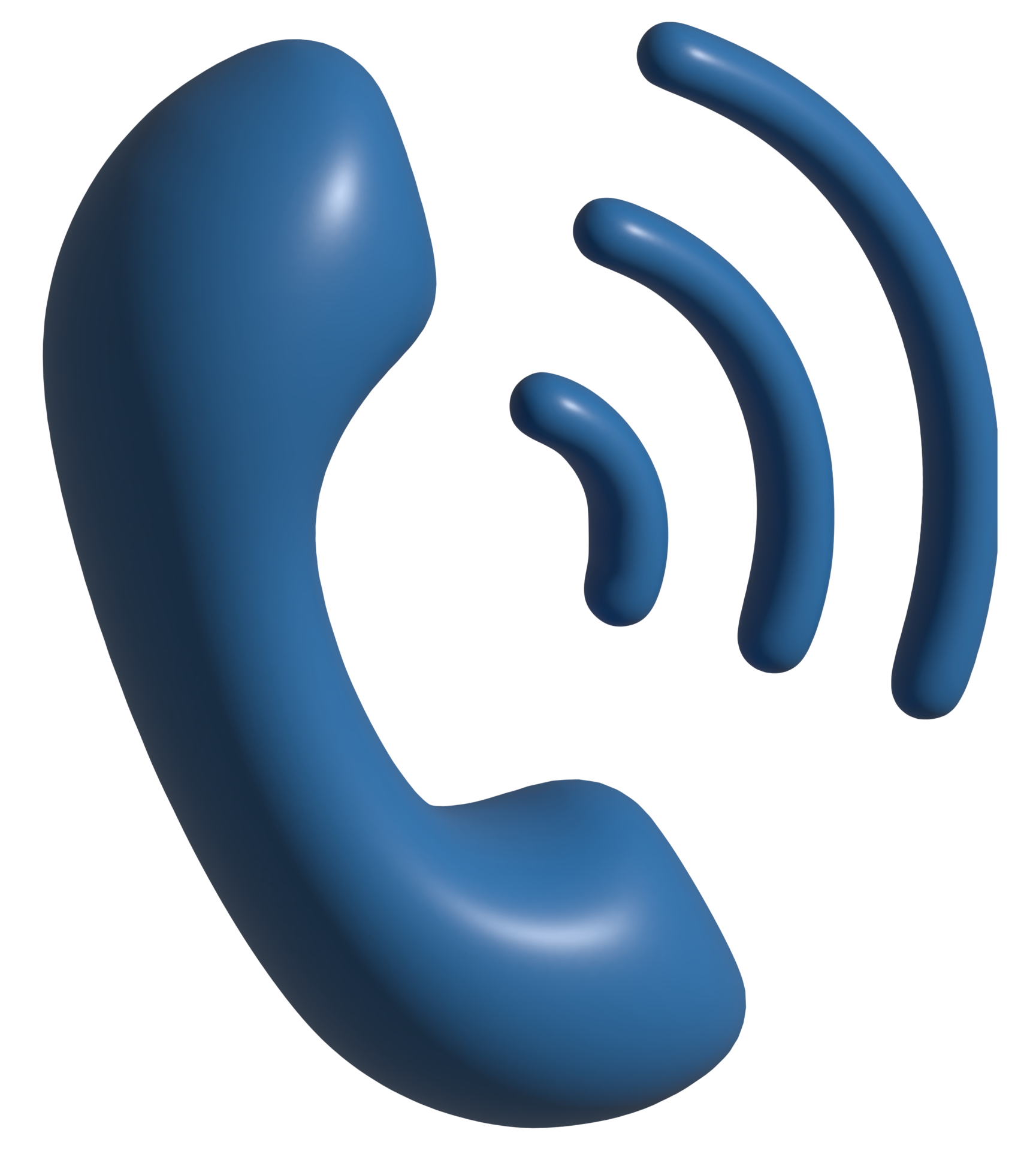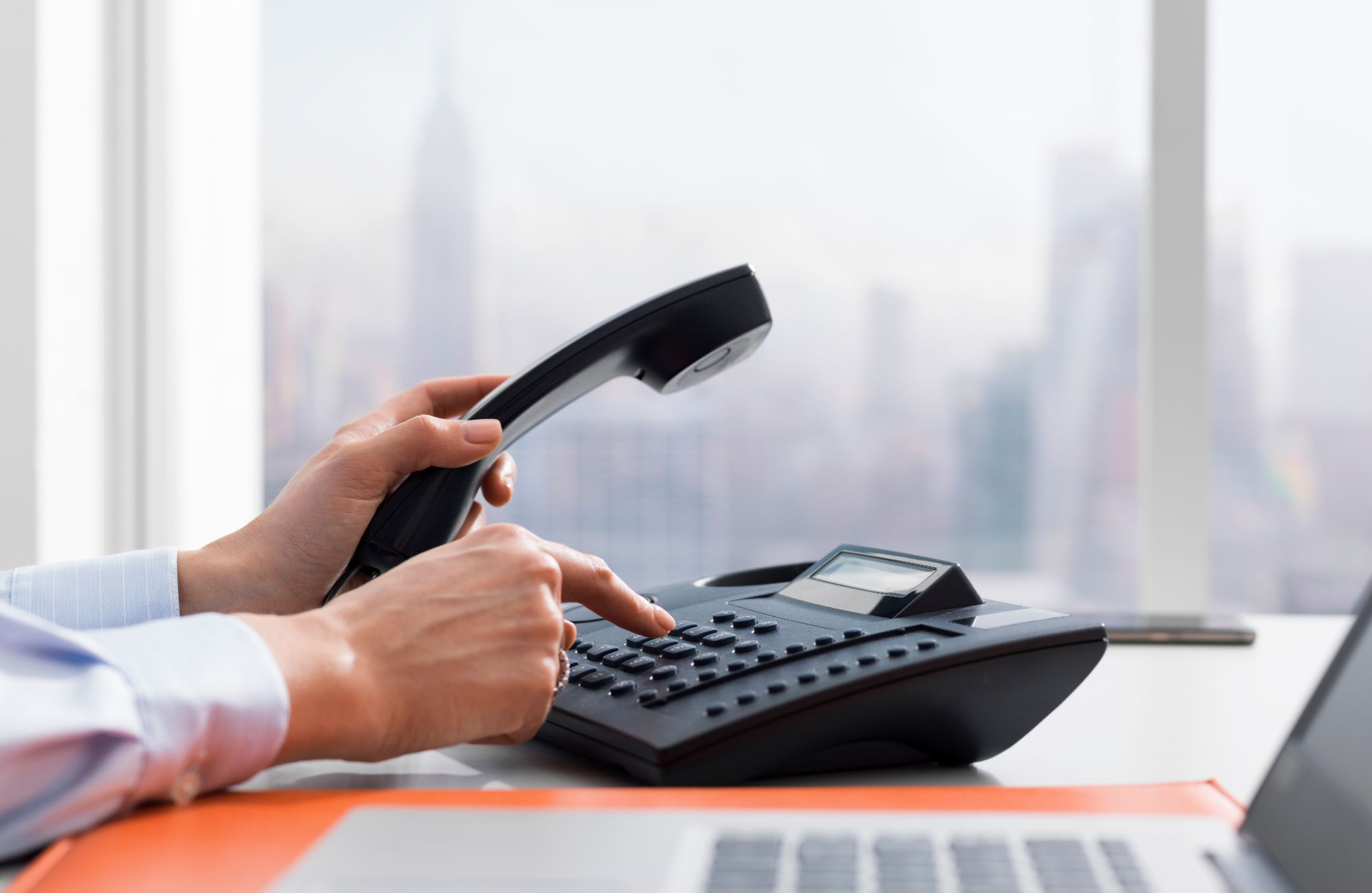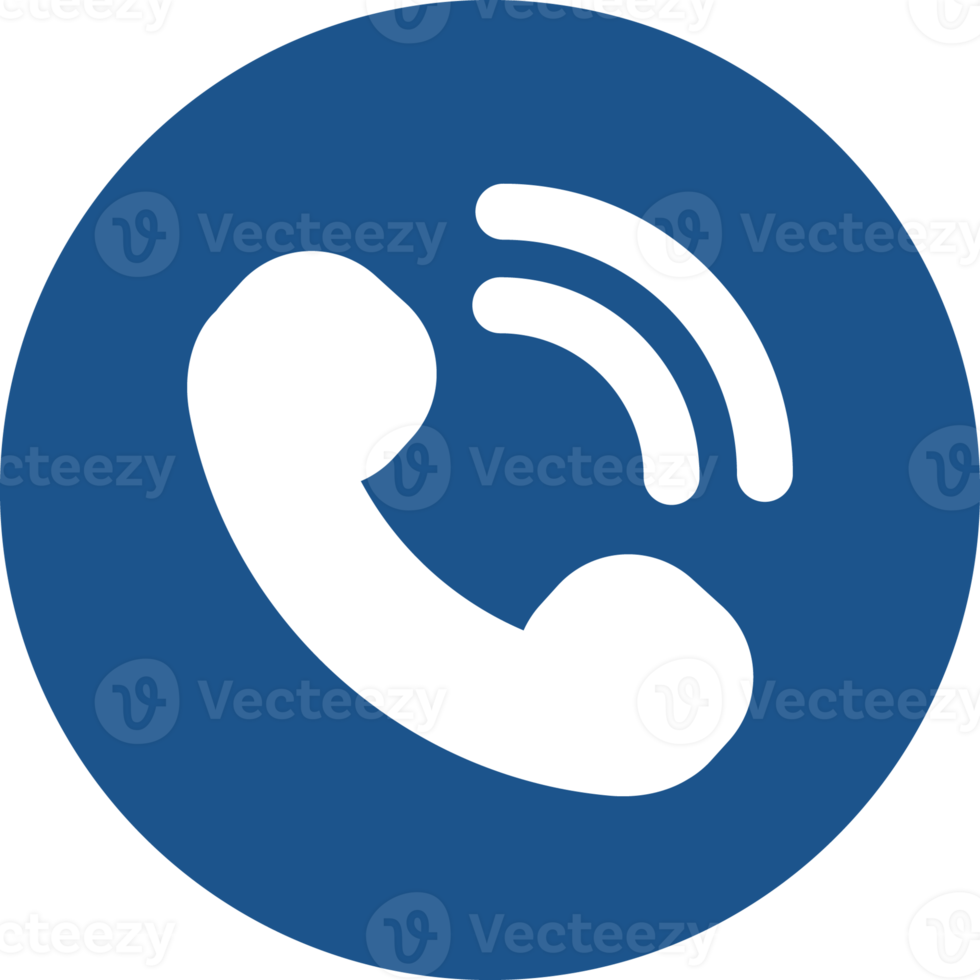It can feel really tough when someone you care about, or simply need to speak with, decides to block your phone number. That sudden silence, the calls that just don't go through, or the messages that never get delivered – it’s a frustrating situation, to say the least. You might feel a mix of emotions, perhaps confusion, sadness, or a strong desire to just get in touch and sort things out.
When your number is blocked, it means the person's phone is set up to automatically reject calls and messages from your specific line. This can happen for many reasons, some clear and some not so clear. Maybe there was a misunderstanding, or perhaps they just need some space. Whatever the cause, you're now left wondering how, or even if, you can bridge that communication gap.
This article aims to help you figure out some ways to call someone who blocked you. We'll talk about different approaches, what to think about before you try, and how to use tools like Google Voice to potentially make that connection. It's about exploring options, not about forcing contact, but rather about finding a path if you genuinely need to reach out. So, let's look at some things you could try.
Table of Contents
- Understanding What a Blocked Number Means
- Why Someone Might Block Your Number
- Thinking Before You Make That Call
- Methods to Try When Your Number is Blocked
- What to Do If They Still Don't Answer
- Focusing on Rebuilding Communication
- Frequently Asked Questions (FAQs)
Understanding What a Blocked Number Means
When someone blocks your phone number, it's essentially like putting up a digital wall. Your calls won't ring on their phone, and your text messages won't go through to them. For you, it might seem like the call goes straight to voicemail after one ring, or perhaps you hear a busy signal. It's a clear sign that your direct line of communication has been cut off.
This blocking feature is built into most smartphones and phone service providers today. It's a way for people to manage who can contact them, offering a bit of peace and quiet. Knowing this helps set expectations for how difficult it might be to get through. It's not just a small hurdle; it's a deliberate choice by the other person, you know?
So, when you try to call and it acts unusual, that's often a pretty good indicator. It's not always easy to tell for sure, but a consistent pattern of calls going straight to voicemail without ringing, or messages not delivering, can suggest your number has been blocked. This is a common experience, and many people face this situation, actually.
Why Someone Might Block Your Number
People block numbers for a whole range of reasons, and it's not always personal. Sometimes, it's about needing personal space after an argument or a disagreement. They might feel overwhelmed and just need a break from contact. It's a way for them to set boundaries and protect their peace, you see.
Other times, it could be a misunderstanding that grew out of control. Maybe something was said or done that caused hurt, and blocking seemed like the easiest way to deal with it at the moment. It could even be that they're trying to move on from a past situation and cutting ties feels necessary for them. There are many possibilities, so it's almost hard to guess.
Then there are the less personal reasons, like if they're getting too many calls or texts that feel like spam, or if they've changed their number and didn't update you. While it feels very personal when it's your number, it's helpful to remember that people make these choices for their own well-being, whatever the specific reason might be. It's a way for them to take control of their communication, basically.
Thinking Before You Make That Call
Before you try to call someone who blocked you, it's a really good idea to pause and think. Consider why they might have blocked you in the first place. Is there a chance your call might cause more upset, or could it be seen as not respecting their choice for space? Sometimes, trying to push through a block can make things worse, you know?
It's important to think about your intentions too. Are you trying to apologize, share something important, or just understand what happened? Having a clear reason for reaching out can help guide your approach. If it's something urgent, that's one thing; if it's more about personal feelings, then the timing and method become even more sensitive. This is a big step, so consider it carefully.
Also, think about the possible outcomes. They might still not answer, or they might be even more upset. Be prepared for any reaction, or no reaction at all. Respecting someone's choice, even if it hurts, is a sign of care. Your goal should be to open a line of communication, not to force it open, so to speak. It's about being thoughtful, really.
Methods to Try When Your Number is Blocked
Using a Different Phone Line
One of the simplest ways to try and reach someone who blocked your number is to use a different phone. This could be a friend's phone, a family member's phone, or even a work phone if it's appropriate. Since their phone has blocked your specific number, a call from an unblocked number should ring through like any normal call. This is a pretty straightforward approach, you know.
When you do this, be ready to explain why you're calling from a different number right away. They might be surprised or confused. It's a good idea to have your message clear and concise, so they understand your purpose quickly. Remember, this method gets you past the block, but it doesn't guarantee they'll want to talk. It just opens the door, in a way.
Using a different phone line is often the first thing people consider, and for good reason. It bypasses the technical block without needing any special apps or settings. Just make sure the person whose phone you're using is okay with it and understands why you're doing it. It's a simple, low-tech solution that can sometimes be very effective, apparently.
Trying to Hide Your Caller ID
Another method people sometimes try is to hide their caller ID. On many phones, you can do this by dialing *67 before the number you want to call. This makes your number appear as "Private," "Blocked," or "Unknown" on the recipient's phone. The idea is that if your number isn't visible, their phone won't recognize it as the blocked one and might let the call through. This is a common trick, you know.
However, there's a big catch with this. Many people, when they block a number, also have a setting on their phone to automatically reject calls from unknown or private numbers. So, even if you hide your caller ID, the call might still not go through. It's a bit of a gamble, honestly.
Also, consider how it might look to the person receiving the call. Seeing "Unknown" or "Private" can be alarming or annoying for some people, and they might choose not to answer it anyway. This method might get past the block, but it doesn't always lead to a conversation. It's a possibility, but it's not foolproof, so to speak.
Using Online Calling Services Like Google Voice
Using an online calling service like Google Voice can be a very effective way to call someone who blocked your regular number. Google Voice gives you a new, separate phone number that you can use to make and receive calls and texts. Since this new number isn't the one they blocked, your calls should go through. It's a pretty neat solution, actually.
You can make a Google Voice call from a computer or a mobile device. When you call from the US, almost all Google Voice calls to the US and Canada are free. Some calls to specific phone numbers in the US and Canada cost 1 cent per minute (USD), which is very low. You can also make international calls at low rates, which is a great feature if the person is in another country. The message shows how much the call costs or that the call is being routed through Google Voice, so you'll know. If you don't get a message, your call doesn't cost anything extra.
Calls use about 0.2 MB of data per minute, but the amount of data you use depends on your carrier’s network quality and speed. So, if you're on Wi-Fi, it's virtually free in terms of data. Google Voice also offers protection from spam calls and messages, and you can even read voicemail transcripts in your inbox and search them like emails. This is a pretty comprehensive tool, really.
To call someone from your computer using Google Voice, you must use one of these browsers: Google Chrome, Mozilla Firefox, Microsoft Edge, or Safari. You can't make emergency calls with Google Voice, which is an important safety point to remember. Also, you can't use incoming call options, like call recording and call transfer, on a computer or mobile device directly within the Google Voice interface, although you can add and merge a new call while you're on a Google Voice call. In your contact list, find the person you want to call. If the person isn't a contact, you can enter their number. In the pop-up, select voice call or video call.
Setting up a Google Voice number is relatively simple, but it does require a phone number for verification. This phone number cannot be used for verification if it's already linked to too many Google Voice accounts or if Google requires a different type of number. Once set up, you have a fresh line to try and connect. It's a very practical option for situations like this, you know.
Learn more about Google Voice features on our site, and link to this page for setup guides. It's a really useful tool for communication, in some respects.
Exploring Other Messaging and Calling Apps
Beyond traditional phone calls, there are many other apps that offer calling features. Apps like WhatsApp, Telegram, Signal, or even social media platforms with direct messaging and calling options might be worth considering. If the person blocked your phone number, they might not have blocked you on these other platforms, you see.
However, it's also possible that if they blocked your phone number, they've also blocked you on these other apps if they use them. Many apps allow users to block contacts within the app itself. So, this isn't a guaranteed way through, but it's another avenue to explore if you need to reach out. It's worth a try, perhaps.
For example, Google Meet is another platform where you can make voice or video calls. If someone isn't reachable on Meet, a message will usually show up. Turning off Meet's call creation ability prevents users from placing calls and starting meetings, but they can continue to receive calls or join meetings created by others. This means if they haven't blocked you on Meet, you might be able to reach them there. It's another option in your communication toolkit, essentially.
What to Do If They Still Don't Answer
Even after trying different methods, there's a chance the person still won't answer or respond. If this happens, it's really important to respect their choice. Continued attempts to contact them after they've made it clear they don't want to talk can be seen as intrusive or even harassing. That's not the goal here, you know.
Sometimes, people need time and space to process things. Pushing too hard can make them pull away even more. It might be a sign that they're not ready to communicate, or perhaps they never will be. It's a difficult truth to face, but acknowledging it is a part of healthy communication, in a way.
Consider if there are other, less direct ways to communicate, like sending a letter or reaching out through a mutual friend, but only if you're sure it won't cause more problems. The main point is to avoid anything that feels like harassment. Your well-being matters too, and constantly trying to reach someone who doesn't want to be reached can be very draining, basically.
Focusing on Rebuilding Communication
If you manage to get through, the conversation itself is just the beginning. The goal isn't just to make the call, but to potentially rebuild some form of communication, if that's what you both want. Be prepared to listen, to understand their perspective, and to express your own feelings calmly and clearly. This is a delicate moment, so it needs careful handling, you know.
It might be helpful to think about what you want to achieve with the call. Is it an apology? An explanation? A request for clarity? Having a clear idea can help keep the conversation on track and productive. Avoid getting into arguments or making accusations, as this will likely shut down the line of communication again, very quickly.
Remember, communication is a two-way street. Even if you get through, they might not be ready to talk or might not want to continue the conversation. Respecting their boundaries, even after you've made contact, is key to any hope of future communication. Sometimes, the best thing you can do is give them space after you've made your point. You can find more tips on healthy communication if you want to learn more.
Frequently Asked Questions (FAQs)
How can you tell if someone blocked your number?
It's not always easy to know for sure if someone blocked your number, but there are some common signs. Typically, if your calls go straight to voicemail after just one ring, or if you consistently hear a busy signal, that can be an indicator. Also, if your text messages don't show as delivered, that's another clue. These things often suggest your number is blocked, but they could also mean their phone is off or they are in an area with no service, you know. So, it's not a 100% guarantee, but it's a strong hint, usually.
Will a blocked call still go to voicemail?
Yes, often a call from a blocked number will still go to voicemail. When someone blocks your number, their phone simply won't ring for your call. Instead, it will typically send your call directly to their voicemail. This means you might still be able to leave a message, but they won't be notified of the incoming call, and their phone won't ring. They would have to actively check their voicemail to hear your message, if they choose to do so, basically.
Is there a legal issue with calling someone who blocked you?
Generally, no, it's not illegal to simply call someone who has blocked your number. Blocking a number is a personal choice by the recipient, not a legal order. However, if your calls become persistent, harassing, or threatening, then it could become a legal issue. Harassment laws vary by location, but they usually involve repeated, unwanted contact that causes distress. So, making one or two attempts to reach out through different means is typically fine, but any continued, unwanted contact could cross a line, you know. It's about respecting boundaries, really.



Detail Author:
- Name : Evans Kling Sr.
- Username : darwin.jacobi
- Email : delia98@orn.com
- Birthdate : 1988-01-01
- Address : 762 Mohamed Parks Port Justenchester, WA 00329-9917
- Phone : 1-678-316-1552
- Company : Bauch, O'Reilly and Zieme
- Job : Fence Erector
- Bio : Cumque cupiditate nulla in nostrum quod ex. Asperiores voluptate mollitia inventore non unde. Saepe voluptatem cumque non voluptatem deleniti quasi. Voluptas fugit consequuntur quae enim.
Socials
linkedin:
- url : https://linkedin.com/in/reinhold.dickens
- username : reinhold.dickens
- bio : Aut possimus repellat omnis est.
- followers : 4886
- following : 148
instagram:
- url : https://instagram.com/reinhold_real
- username : reinhold_real
- bio : Rem at culpa quos omnis vel sed. Quia corporis aliquid dolor recusandae.
- followers : 6188
- following : 1385
twitter:
- url : https://twitter.com/reinhold.dickens
- username : reinhold.dickens
- bio : Minus ea quo facilis reiciendis ut sit. Et consequuntur suscipit dolor ullam.
- followers : 5368
- following : 1587
tiktok:
- url : https://tiktok.com/@rdickens
- username : rdickens
- bio : Quod architecto beatae fuga quia veniam. Et nesciunt et quia debitis excepturi.
- followers : 1681
- following : 2959